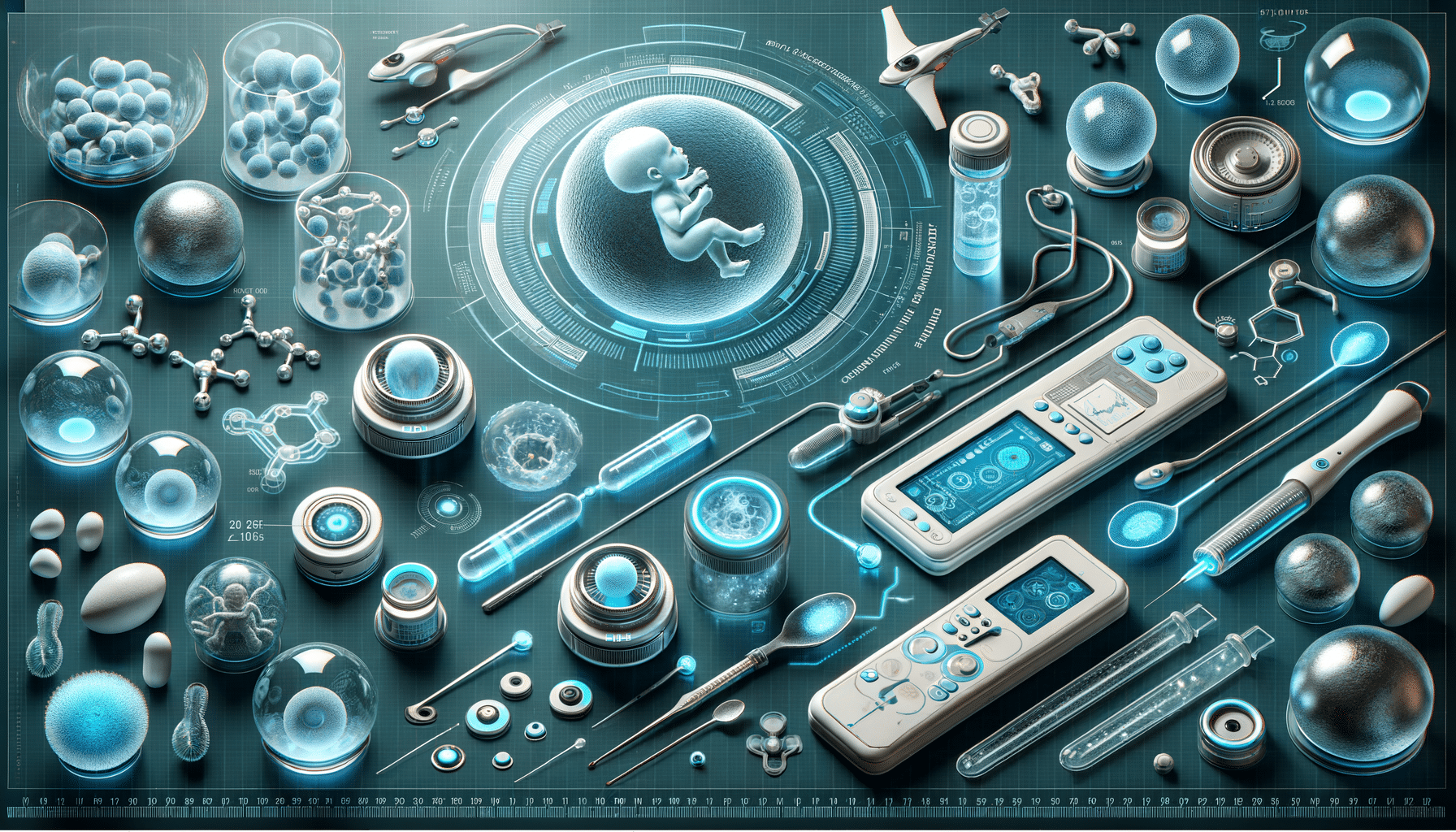
Sperm donation in 2025: What You Should Know
The Evolution of Sperm Donation
Sperm donation has evolved significantly over the past few decades, and as we look forward to 2025, several key trends and advancements are shaping the landscape. Historically, sperm donation was a relatively straightforward process, often shrouded in anonymity. However, with advances in technology and changing societal norms, the process has become more complex and regulated. In 2025, we see a greater emphasis on transparency and the rights of donor-conceived individuals to know their genetic origins.
One of the most notable changes is the increased use of genetic screening. Donors are now routinely screened for a wide array of genetic conditions, ensuring healthier outcomes for offspring. This development not only provides peace of mind for prospective parents but also aligns with the broader trend of personalized medicine.
Furthermore, the use of digital platforms has transformed the way donors and recipients connect. Online databases and apps allow for greater choice and compatibility matching, making the process more efficient and tailored to individual preferences. This technological integration is expected to continue evolving, offering even more sophisticated matching algorithms and user experiences.
Legal and Ethical Considerations
The legal landscape surrounding sperm donation is continually evolving, reflecting shifts in societal attitudes and ethical considerations. In 2025, there is a stronger focus on the rights of all parties involved, including donors, recipients, and donor-conceived individuals. Many jurisdictions now require donors to consent to the possibility of future contact with their biological offspring, a move that acknowledges the importance of genetic identity.
Ethical considerations have also come to the forefront, particularly concerning the commercialization of sperm donation. There is ongoing debate about the extent to which financial incentives should play a role, with some arguing that it could exploit economically disadvantaged individuals. As a result, regulations are being tightened to ensure ethical practices and protect the welfare of donors.
Moreover, the anonymity of donors is a topic of significant discussion. While some donors prefer to remain anonymous, others are open to future contact. The balance between privacy and the rights of donor-conceived individuals to know their origins is a complex issue that continues to be addressed in legal frameworks worldwide.
Technological Advancements in Sperm Donation
Technology plays a pivotal role in the field of sperm donation, enhancing both the efficiency and effectiveness of the process. In 2025, advancements in cryopreservation techniques have improved the viability of sperm samples, leading to higher success rates in assisted reproductive technologies. These improvements ensure that sperm can be stored for longer periods without compromising quality.
Artificial intelligence (AI) is also making its mark by optimizing donor-recipient matching. AI algorithms analyze a vast array of data points, including genetic information, personal preferences, and medical history, to facilitate the best possible matches. This not only increases the chances of a successful pregnancy but also reduces the time and effort involved in the selection process.
Additionally, blockchain technology is being explored to enhance the security and transparency of donor records. By creating immutable records, blockchain ensures that all parties have access to accurate and secure information, fostering trust in the process.
Social Implications and Changing Attitudes
The social implications of sperm donation are profound, influencing family dynamics and societal perceptions of parenthood. In 2025, we observe a growing acceptance of diverse family structures, with sperm donation playing a crucial role in enabling single parents and same-sex couples to have biological children. This shift is supported by increased visibility and representation in media and public discourse.
Attitudes toward donor-conceived individuals are also evolving. There is greater awareness and sensitivity to their unique experiences and challenges, prompting more open conversations about genetic origins and identity. Support networks and resources for donor-conceived individuals and their families are expanding, providing guidance and community.
Furthermore, the stigma that once surrounded sperm donation is diminishing. As more people openly share their experiences, the narrative is shifting towards one of empowerment and choice, highlighting the positive impact of sperm donation on families worldwide.
Future Prospects and Innovations
Looking ahead, the future of sperm donation in 2025 and beyond is filled with promise and potential. Continuous innovations in biotechnology and reproductive medicine are set to further refine the process, offering new possibilities for individuals and families. For instance, advancements in gene editing and stem cell research could revolutionize fertility treatments, providing solutions for previously untreatable conditions.
Moreover, the integration of virtual reality (VR) in donor selection processes is being explored. VR could offer a more immersive experience for recipients, allowing them to better understand potential donors’ personalities and backgrounds, thus enhancing the overall compatibility assessment.
As these innovations unfold, the importance of ethical oversight and regulation cannot be overstated. Ensuring that technological advancements align with ethical standards will be crucial in maintaining the integrity and trust in the sperm donation process.


